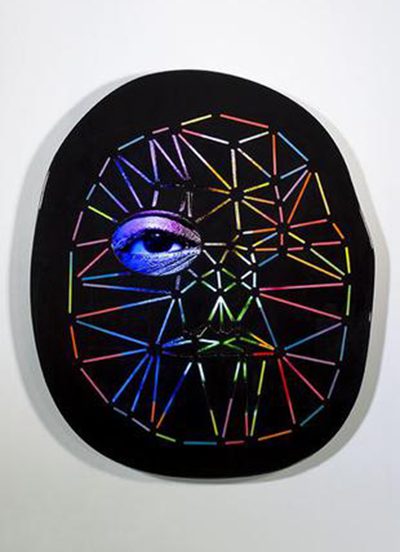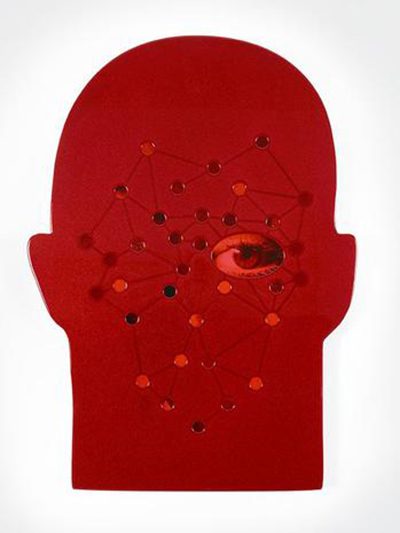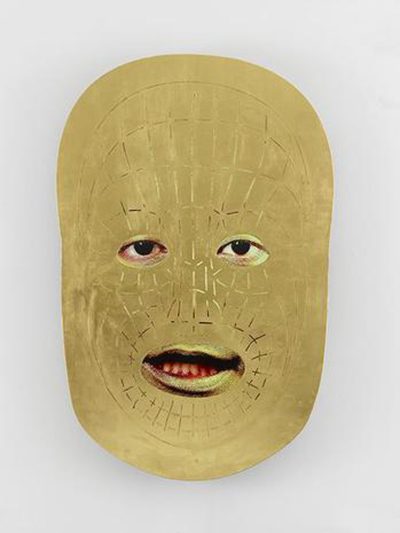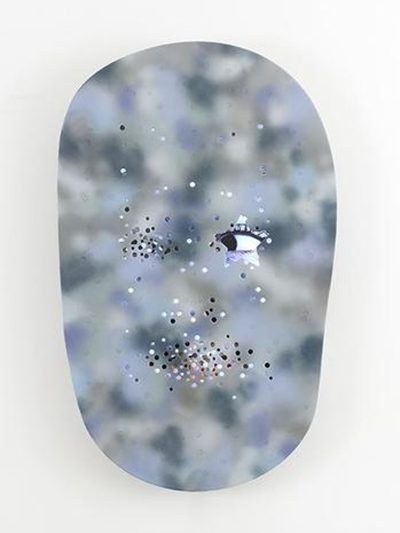ART-PRESENTATION: Tony Oursler
 The pioneering figure of New Media art since the early ‘80s, Tony Oursler has studied and written about various methods of facial recognition, ways to circumvent such means of detection, as well as the phenomena of physiognomy, anthropometry and pareidolia (the mistaken appearance of faces in nature or everyday objects). His body of work renders the technological realm from the counterpoint perspective of the machines that are increasingly modified to adapt human traits.
The pioneering figure of New Media art since the early ‘80s, Tony Oursler has studied and written about various methods of facial recognition, ways to circumvent such means of detection, as well as the phenomena of physiognomy, anthropometry and pareidolia (the mistaken appearance of faces in nature or everyday objects). His body of work renders the technological realm from the counterpoint perspective of the machines that are increasingly modified to adapt human traits.
By Efi Michalarou
Photo: Lehmann Maupin Gallery Archive
In his solo exhibition “PriV%te”, Tony Oursler presents new sculptural multimedia works. The exhibition features a mix of colorfully animated head-shaped panels inset with video screens. Inspired by the phenomenon of facial recognition, these wall-mounted works visualize a composite of digitized facial features and the algorithms designed and aggregated from them. These works maintain Oursler’s longstanding interest in the role technology plays in human behavior, as digital media continues to permeate every aspect of daily life. In this new body of work, the artist focuses on the proliferation of big data and surveillance programs, but is particularly interested in the ramifications of facial recognition technology. This increasingly ubiquitous tool is used across public, private, and government sectors tracks and identifies facial features, thereby allowing computers, for the first time, to achieve their own “vision” of us. These “data portraits” underscore Oursler’s uneasy relationship with technology, surveillance, and all manners of data tracking. The artworks seem to gaze at the viewer, evoking the larger cultural question of who is watching whom. Inspired by the facial recognition techniques and algorithms currently in use in various public and private enterprises, including social media, Oursler employs a web of geometric designs, scattered data points, and various registration nodes integral to the composition of each work. He incorporates computer etchings representing mapping techniques and baseline characteristics essential to facial recognition. Sourced by the artist online, these various diagrams reference of how “big data” processes, categorizes, and aggregates the individual today. For all of us facial recognition will soon be linked to biometrics, spending patterns, and all manner of information collection, which the artist sees the sum as a new portrait. This work lends itself to larger considerations about the digital cultivation and capture of personal identity as well as how and by whom this tracking is used, topics Oursler has studied and written on extensively, including methods for evading this detection. This body of work ultimately renders the technological realm from the counterpoint perspective of the machines that are increasingly modified to adapt human traits.
Info: Lehmann Maupin Gallery, 407 Pedder Building, 12 Pedder Street, Central, Hong Kong, Duration: 14/1-5/3/16, Days & Hours: Tue-Fri 10:00-19:00, Sat 11:00-19:00, www.lehmannmaupin.com




